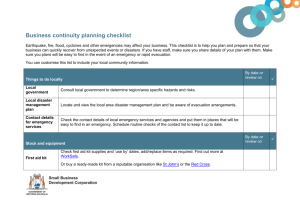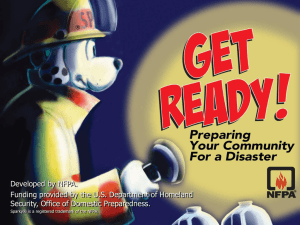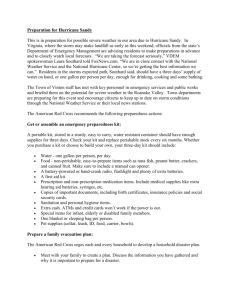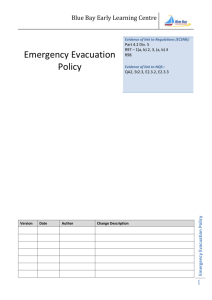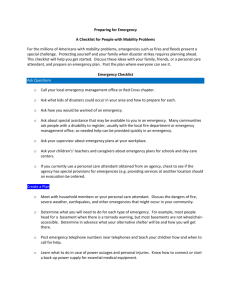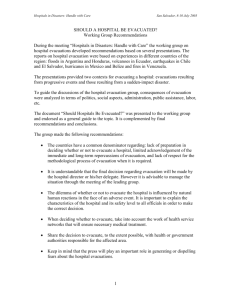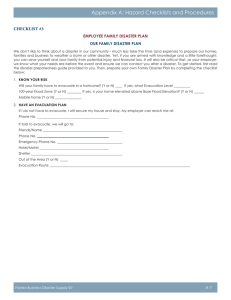Plan what to do if you have to evacuate
advertisement
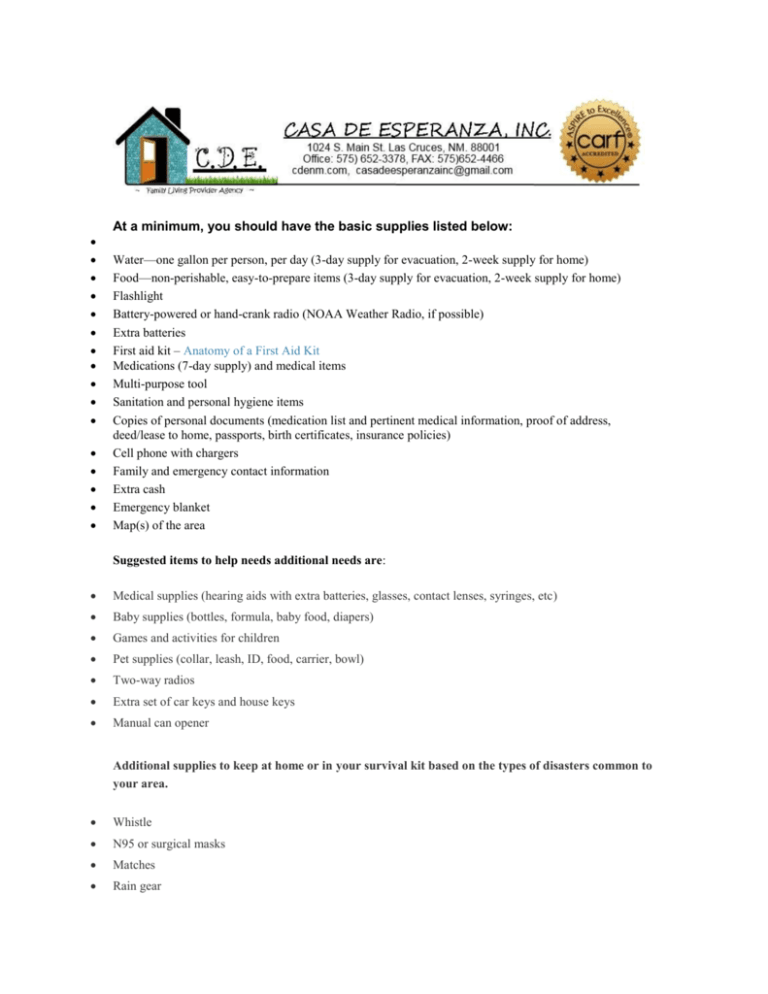
At a minimum, you should have the basic supplies listed below: Water—one gallon per person, per day (3-day supply for evacuation, 2-week supply for home) Food—non-perishable, easy-to-prepare items (3-day supply for evacuation, 2-week supply for home) Flashlight Battery-powered or hand-crank radio (NOAA Weather Radio, if possible) Extra batteries First aid kit – Anatomy of a First Aid Kit Medications (7-day supply) and medical items Multi-purpose tool Sanitation and personal hygiene items Copies of personal documents (medication list and pertinent medical information, proof of address, deed/lease to home, passports, birth certificates, insurance policies) Cell phone with chargers Family and emergency contact information Extra cash Emergency blanket Map(s) of the area Suggested items to help needs additional needs are: Medical supplies (hearing aids with extra batteries, glasses, contact lenses, syringes, etc) Baby supplies (bottles, formula, baby food, diapers) Games and activities for children Pet supplies (collar, leash, ID, food, carrier, bowl) Two-way radios Extra set of car keys and house keys Manual can opener Additional supplies to keep at home or in your survival kit based on the types of disasters common to your area. Whistle N95 or surgical masks Matches Rain gear Towels Work gloves Tools/supplies for securing your home Extra clothing, hat and sturdy shoes Plastic sheeting Duct tape Scissors Household liquid bleach Entertainment items Blankets or sleeping bags Plan what to do in case you are separated during an emergency Choose two places to meet: ̶ Right outside your home in case of a sudden emergency, such as a fire ̶ Outside your neighborhood, in case you cannot return home or are asked to evacuate Choose an out-of-area emergency contact person. It may be easier to text or call long distance if local phone lines are overloaded or out of service. Everyone should have emergency contact information in writing or saved on their cell phones. Plan what to do if you have to evacuate Decide where you would go and what route you would take to get there. You may choose to go to a hotel/motel, stay with friends or relatives in a safe location or go to an evacuation shelter if necessary. Practice evacuating your home twice a year. Drive your planned evacuation route and plot alternate routes on your map in case roads are impassable. Plan ahead for your pets. Keep a phone list of pet-friendly hotels/motels and animal shelters that are along your evacuation routes. Let Your Family Know You're Safe If your community has experienced a disaster, register on the American Red Cross Safe and Well website to let your family and friends know you are safe. You may also call 1-800-RED CROSS (1-800733-2767) and select the prompt for "Disaster" to register yourself and your family. Be Informed Know Important Information to Stay Safe Learn the types of disasters or emergencies that may likely occur in your area. These events can range from those affecting only you and your family, like a home fire or medical emergency, to those affecting your entire community, like an earthquake or flood. Identify how local authorities will notify you during a disaster and how you will get information, whether through local radio, TV or NOAA Weather Radio stations or channels. Know the difference between different weather alerts such as watches and warnings and what actions to take in each. Know what actions to take to protect yourself during disasters that may occur in areas where you travel or have moved recently. For example, if you travel to a place where earthquakes are common and you are not familiar with them, make sure you know what to do to protect yourself should one occur. When a major disaster occurs, your community can change in an instant. Loved ones may be hurt and emergency response is likely to be delayed. Make sure that at least one member of your household is trained in first aid and CPR and knows how to use an automated external defibrillator (AED). This training is useful in many emergency situations. Share what you have learned with your family, household and neighbors and encourage them to be informed. Emergency Contact Cards for All Household Members Print one card for each family member. Write the contact information for each household member, such as work, school and cell phone numbers. Fold the card so it fits in your pocket, wallet or purse. Carry the card with you so it is available in the event of a disaster or other emergency.
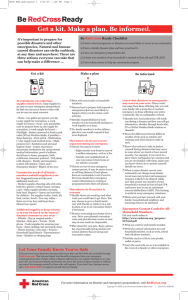
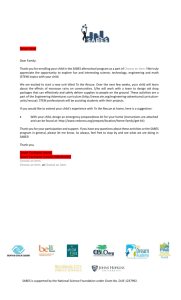
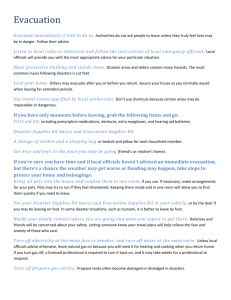
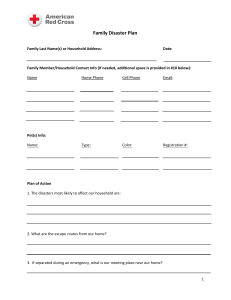



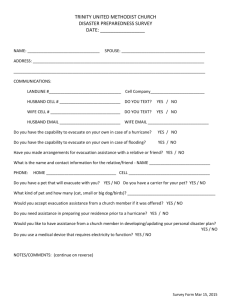
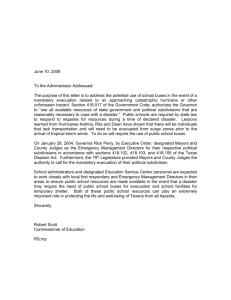
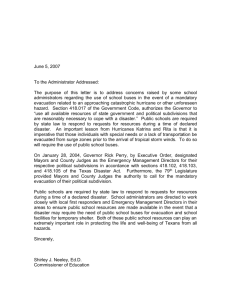
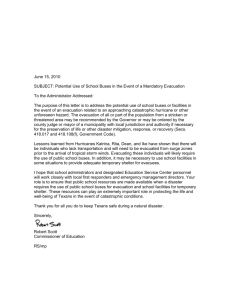
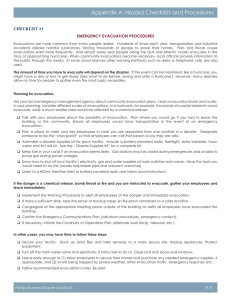
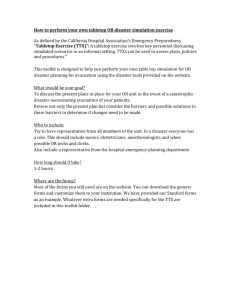
![Emergency Preparedness Checklist []](http://s3.studylib.net/store/data/007578463_2-030b7bdf6b3f06db2ba816477f51565c-300x300.png)
